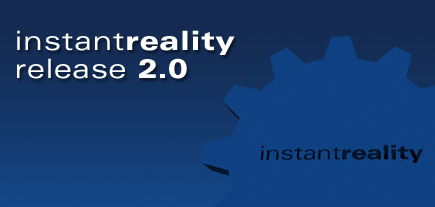
After (a way to long) beta period of three years the development process is now at a point where we finally release the official version 2.0:
http://www.instantreality.org/downloads/
Besides major and minor bugfixes this release includes also some new features, which were added since Beta7. There is also a new online section that provides examples to some of these new features.
http://www.instantreality.org/examples/
_New Base Features_:
New and much easier license installation process with xxx.irlicense mime-types
Realtime texture-compression to improve cluster-rendering (e.g. for movies)
SAI plugins now support DOM access for X3DOM (www.x3dom.org)
New download/ creation manager which creates a context in parallel – used in Inline and GeoLOD nodes
New W3C XMLHttpRequest object in JavaScript
_New Nodes_
Geospatial: GeoPositionInterpolator, GeoProximitySensor, GeoElevationGrid, GeoLOD, GeoOrigin, GeoTouchSensor, GeoMetadata, GeoViewpoint, GeoLocation, GeoCoordinate
TreeSensor: BboxSensor2D
Geometry3D: SphericalHarmonics
Shader: SurfaceShader, CommonSurfaceShader, SurfaceShaderTexture
_New Devices_:
Replaced Wii backend with a new implementation that has improved support for buttons, accelerometer, IR cmera, board, event rumble and LED output.
SHORE-FaceTracker: integrated Fraunhofer IIS – SHORE FaceDetector
TUIO-backend: InstantIO TUIO 1.1 device support for receiving 2D, 2.5D, 3D udp packages.
NI-Backend: Microsoft Kinect and other OpenNI compatible devices supporting camera color and depth frames, skeleton tracking, user and gesture recognition.
_Improved Base Features_:
Large-Scene rendering performance: New hierarchic small feature culler (check Environment.smallFeatureCullingMode)
BUILDS:
We provide 32/64-bit builds for Windows and the major Linux-distributions and Universal-Builds for Mac.
__IMPORTANT INFORMATION FOR IO-PLUGIN DEVELOPERS__
This release now uses VisualStudio 8 on Windows. Please recompile/relink you C++ Plugins for the IO-Subsystem.
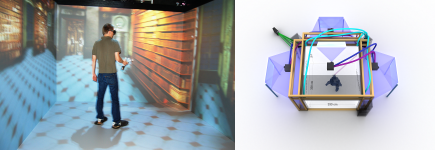
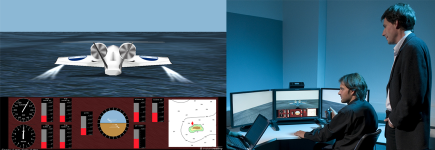

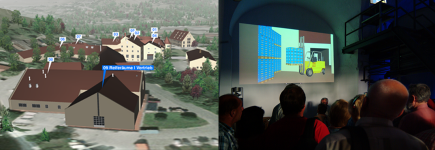
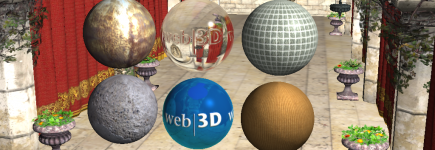
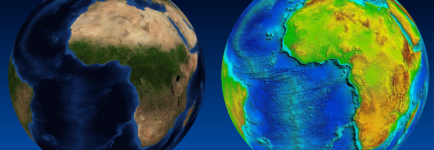
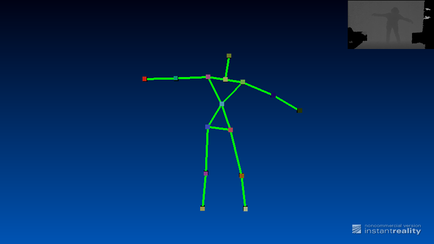
 Experimenal example, downloadable from our
Experimenal example, downloadable from our